Every year, the city of Philadelphia reroutes streets and bus routes when it is time to host a marathon. At the last Philadelphia Marathon, thousands of runners from all over the world participated, many having registered months before the event. Marathons have become big business, an industry that has created multiple product lines, including T-shirts, caps, certificates, pins, fanny packs and water bottle holders.
But running didn't used to be like this. Long-distance running, or cross-country, used to be the least celebrated sport in high school. I know because I used to be a high school cross-country runner. Running long distances can be very rewarding. Running clears the mind and relieves stress. Some people even claim that running long distances can bring about a kind of enlightenment. While I don't go that far, it is easy to understand why some Japanese Buddhist monks are said to do seven-year stretches of running.
As a non-contact sport, running attracts few if any spectators (that's not true for track and field), so when runners cross the finish line there's usually only the sound of one hand clapping. In high school I liked the sport's quiet individualism as opposed to the noisy cheerleader mayhem that surrounded football, or the "I got hit with a bat" hazards of baseball, or even the boredom of "old man" golf, about which Mark Twain quipped, "Golf is a good walk spoiled."
A famous film about running was the 1962 movie The Loneliness of the Long Distance Runner from an Alan Sillitoe short story. The story is about a working-class boy in England who gets intro trouble with the law but finds personal redemption (and a chance to change his life) through long-distance running. The story's odd twist is that the boy, who becomes the best runner in England, opts out of winning a race by suddenly standing still just before he's due to cross the finish line.
After high school, I didn't run again until I moved to the city. Jogging was just coming into vogue at that time. On any given jog around town you could count the number of fellow joggers on one hand. Jogging in the 1980s was done more for health maintenance and exercise rather than extreme endurance and pushing the envelope. Most runners wore average sneakers, an ordinary pair of shorts and a T-shirt; they did not carry water bottles, and there was certainly no such thing as a running uniform or official running gear, like expensive spandex shorts or "made in Ecuador" running sneakers that promised you the winged power of Mercury, and that cost $200.00.
Men who shave their legs so as to be able to run faster or get a better time were unheard of then. Had they been around they would probably have been laughed off Philadelphia's Benjamin Franklin Parkway.
This was also the era before bicycling was taken over by wannabe Lance Armstrong bike head types, when cyclists would cycle without wearing expensive head gear or official spandex bike drag. The hobby -- or sport -- of cycling had not yet been transformed into a merchandise industry. Cycling today is much more than just hopping on your bike and going for a spin. Before one can do that, there's societal pressure to go out and buy "the wardrobe." Some of that is also true when it comes to running. It is certainly true in the marathon world.
When marathons began to become popular, I knew it was over for running as being the sport of the individual. Overnight, it seemed, running became competition-based, a development that seemed to reflect the 1980s business culture of cutthroat competition where the winner takes all. What had been a private, casual joy to help keep the body in shape was now a massive movement of troops racing along sectioned off highways with police escorts, starting whistles, racing forms, entrance fees, NBC camera crews and a primary corporate sponsor or two.
In any culture, there's going to be followers who adapt to any fad or pastime just because most people are doing it. Following the crowd covers a lot of territory: Today it might be getting a tattoo or a piercing "because everybody is getting one," whereas in the late '60s, "conformity" meant wearing a headband or a Mother Earth dress and dousing yourself with patchouli oil.
I love running, but I have no love for marathons. Many doctors and cardiologists say that marathon running is unhealthy. Studies, in fact, have found that about 12 percent of runners will have scar tissue in their heart muscle (detected through an MRI) after a marathon. Apparently the right ventricular (RV) function may be affected after a long race. "Excessive cardio is counterproductive," these doctors say.
Yet other doctors believe the opposite of this is true, that moderate marathon running for someone in good health will not create problems, and that the overall health of a runner depends on his or her total lifestyle.
While running a marathon is certainly better than watching TV, or cultivating a video game addiction, for me it symbolizes the pinnacle of conformity. Perhaps my biggest personal gripe with marathons is the idea of merging with a crowd of thousands. For me that is much like getting stuck in a theater lobby with hundreds of people who are pushing and shoving.
Running in herds is for buffalo, antelope, or wild horses or even for those Biblical pigs that went over a cliff en masse.